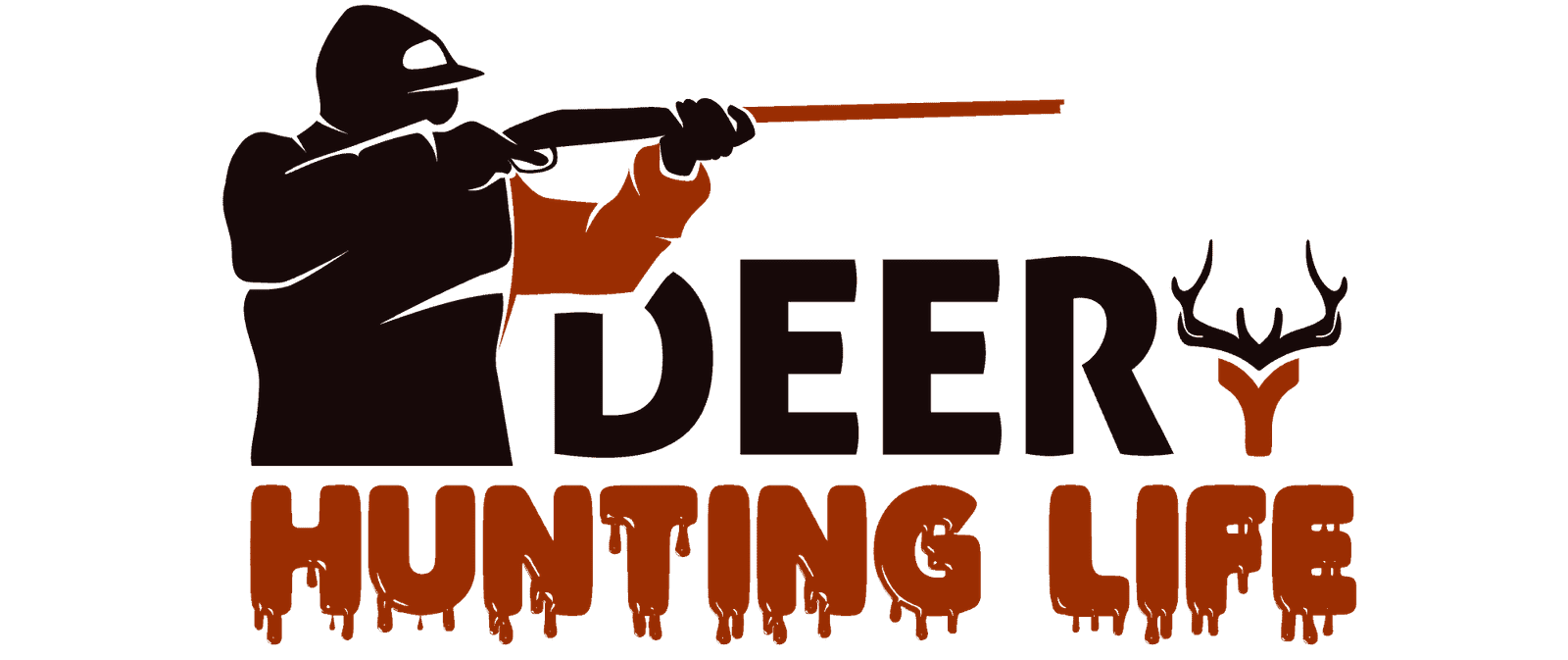Chufas, a bunch of grass with an underground nut resembling a peanut, are used as deer, turkey, hog, and wild hog food plots. If you’ve ever seen hogs searching through peanuts, you’ll know how they approach chufas because they are so similar to peanuts. From spring to summer, plant. Animals dig up the chufas once they reach adulthood.
Do deer eat chufa? The wild turkeys benefit greatly from the tubers’ high protein and fat content. Other animals like deer and ducks can benefit greatly from chufa as a food source.
Learn about benefits and risks of feeding deer chufa in this article.
Do deer eat chufa?
Yes, deer eat chufa. Chufas are a type of perennial sedge that is a favorite diet for wild deer. Deer consume the underground tubers of chufa plants, which are a component of the plant. A mature chufas plant can produce between 15 and 75 tubers from a single tuber.
Scratching slightly below the surface of the ground, deer locate the tubers. Because of their high levels of protein and fat, the tubers are particularly nourishing for wild deer.
Deer love chufa. They will be drawn in from a great distance because they LOVE it.
Sandy, well-drained soil is ideal for growing it. Pre emergent must be used if planting in the spring because it dislikes weed competition. If you start with a clean field and plant later in the summer, you can typically avoid using chemical weed management.
At planting, I spread 300 pounds of 15-0-15 across an acre. One month later, I top dress with 100 lb/acre urea.
Typically, one deer discovers it, followed by three the following week, ten the following, etc. I’ve never seen more than nine at once in my one-acre area. These deer did not camp on my land, but they often visited the plot starting at first light and continuing throughout the day.
I have repeatedly planted it in dense clay. There should be enough production to make the effort worthwhile even though it doesn’t perform as well as it does in sandy or loam soils.
My chufa plots are one thing I attempt to shift about the farm every year. If I plant again in the same location, the deer will eat the fresh planting before it has a chance to germinate and grow.
Do deer eat chufa plants?
Chufa plants are a great source of food for deer and other animals. Deer love eating chufa plants.
What time of year do deer eat chufa?
With enough rain, you can typically grow chufa through the end of July, depending on the type of seed, the amount of rain, and the temperature. Deer will consume the fully grown plant in the late fall, through the winter, and into the early spring.
What is best to plant for deer and turkey?
Plant a crop that will be enjoyed by both deer and turkeys to make the most of your time. The NWTF’s private lands manager, Donnie Buckland, advises fall plantings of cereal grains like wheat, rye, or forage oats to create “green strips” that offer deer and turkeys nutritious feed.
What food is irresistible to deer?
Red clover, chicory, and orchard grass are plants that frequently draw deer. Peas, soybeans, turnips, alfalfa, sorghum, kale, and corn are examples of high-protein foods that are also attractive to animals and that they love eating.
Does chufa come back every year?
Chufa should be replanted annually for best results, but if the deer don’t consume it all, you can receive a second year’s worth of growth. To equally scatter seed, simply disk plot during the normal planting season.
Does chufa need full sun?
Although this plant may thrive in a range of environments, for a healthy crop you’ll need full light and consistently moist soil throughout the whole growing season.
What is the easiest food plot for deer?
The easiest food source for deer is red clover. Spread the seed and apply the grasses as a mulch for the clover, or apply the fall spray and the frost seed directly on top of the snow in the late winter. The gaps the seed falls into to germinate are made by the springtime freeze-thaw patterns.
Final Thoughts
Chufas are best planted in rotational plots to reduce the risk of disease associated with tuberous growths produced in the same soil year after year. By clawing a few chufas to the surface at maturity and leaving them to be discovered, chufas can readily be introduced to a population of wildlife that may not be accustomed to the tubers.
Planting them close to trees that produce acorns is particularly useful for providing food. Chufa is marketed as a wildlife seed mix that can be used to create small, split feeding plots that will draw deer and serve as a longer-lasting food source after some of the other crops have failed.

